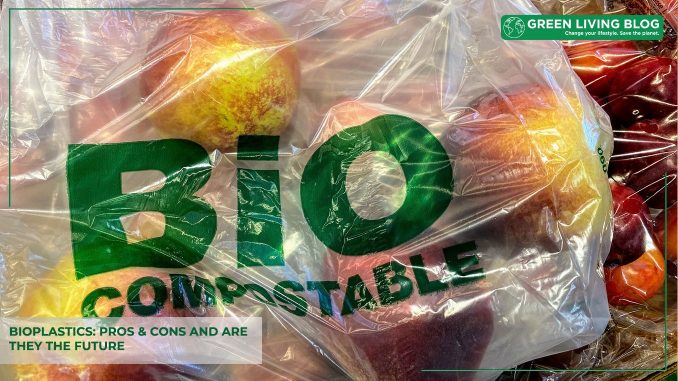
Conventional plastic is one of the most successful products ever made. From an industrial perspective at least. Its use and versatility are unrivaled across the world.
But it has come with a heavy environmental cost.
Plastic takes hundreds of years to break down. Maybe even thousands. We don’t truly know because every single piece of plastic that has ever been made still exists today in one form or another. As it does slowly breakdown, tiny fragments of plastic are released into the environment. These are called microplastics.
Microplastics have been found everywhere from the Antarctic to the world’s deepest ocean trench and even in human blood for the first time ever.
It’s clear that we need to move away from traditional plastic. One prospect stepping into the light is a bio-based plastic.
Could bioplastics be the answer the environment is looking for?
What are bioplastics and what are they made from?
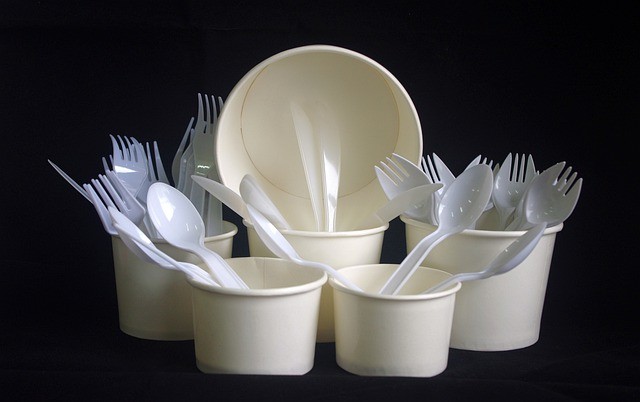
Bioplastics represent a movement away from plastic made with fossil fuels such as crude oil and natural gas.
Instead, bioplastics are made from natural, renewable, and biodegradable sources.
It’s possible to make plastic from natural materials as, in essence, plastic is a long chain of polymers capable of being moulded and shaped.
Bioplastics can be made from various plants and biological materials, including starchy vegetables and softwoods. Some of the most common plants used for bioplastics include sugar cane, corn, wheat, and potatoes. It’s also possible to synthesise bioplastics from microorganisms and algae.
Just like conventional plastic, the result is a versatile and useful material. In the modern world, there are plenty of uses for bioplastics, including kitchen utensils, containers, bags and bin liners, packaging, and even eco-friendly phone cases.
Pros of Bioplastics
There are many positives that come with bio-based plastics. Especially when compared to petroleum-based plastics.
1. Recyclable and compostable
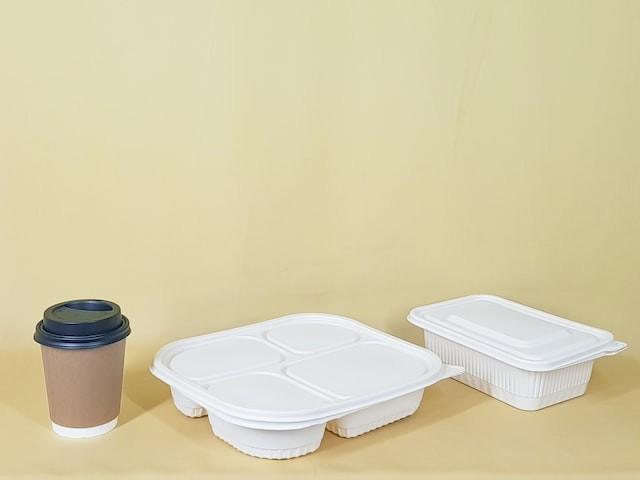
One of the big issues with traditional plastic is that it can’t always be recycled and will not break down into useful materials.
Bioplastics are biodegradable and will break down via natural processes. It’s likely they’ll have to be sent to an industrial composting facility where composting conditions – such as heat, oxygen, and moisture – can be carefully controlled to ultimately produce soil.
Creating recyclable and compostable materials means that waste will not be sent to landfills, which is not a long-term solution for the environment.
2. Made from renewable materials
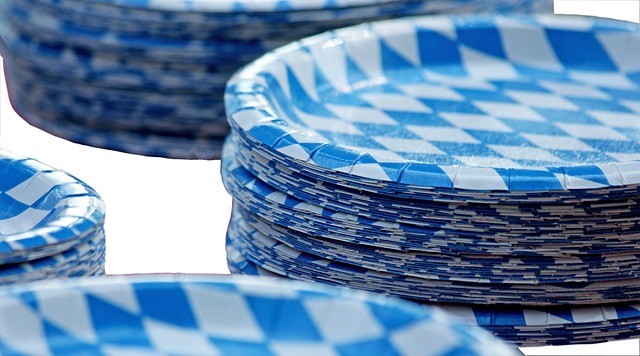
If we are to create a more sustainable world, the use of renewable resources is going to be pivotal.
Renewable, plant-based resources offer a dual benefit to the environment: they are much less energy-intensive than using crude oil, and they absorb carbon dioxide as they grow.
This means that renewable materials have a much gentler impact on the environment and greenhouse emissions.
3. Non-toxic substances
Being made from natural materials means that bioplastics don’t contain unnecessary chemicals, toxins, and pollutants.
As bioplastics break down, they will not – or certainly shouldn’t – contaminate the local environment. This makes them better for planet health, as well as that of marine and land ecosystems.
Cons of Bioplastics
Despite all the positives, there are still some downsides to bioplastic.
1. Costly to create
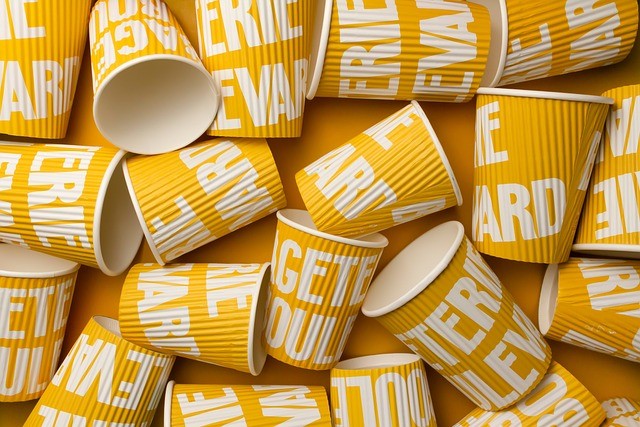
As the bioplastic industry is new, the technology associated with it comes at a cost.
Specialist manufacturing processors and facilities are required to create bioplastics, and at the end of life, industrial composters are needed to break the material back down into the soil.
It’s thought that bioplastic costs 2 to 3 times more to create than traditional PET or PE plastic.
2. Lack of infrastructure to deal with bioplastics
Thanks to the cost of the equipment, many countries don’t have the facilities yet to deal with bioplastics.
If material, including bioplastic, can’t be recycled and processed properly, it usually means that it’ll end up in a landfill. If this is the case, then it’s not too much better than a non-biodegradable type of plastic.
3. Land use issue
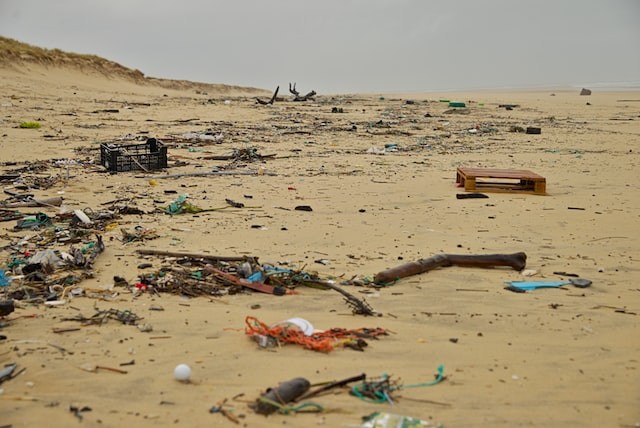
Creating tonnes of bioplastic requires many more times the land to grow the crops.
When lots of agricultural lands are needed, there are environmental and ethical questions that need to be asked.
Have previously forested areas been cleared for the crops, or should the land be used for food use instead? For example, should corn and potatoes being used for bioplastics be used to help solve hunger crises?
It’s clear that bioplastics do offer a much brighter future than traditional plastic. They can help to lessen the impact on the environment as well as limit the release of greenhouse gases into the atmosphere.
However, some questions still remain about global adoption and whether we have the facilities to deal with bioplastics properly. If not, they’ll just get treated like conventional plastic does.
![]()
Author Profile
- Ben Hardman is the creator of https://www.tinyecohomelife.com/, an eco, and sustainability website dedicated to helping people live a greener life.

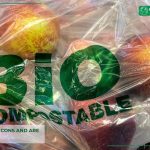

Leave a Reply
You must be logged in to post a comment.